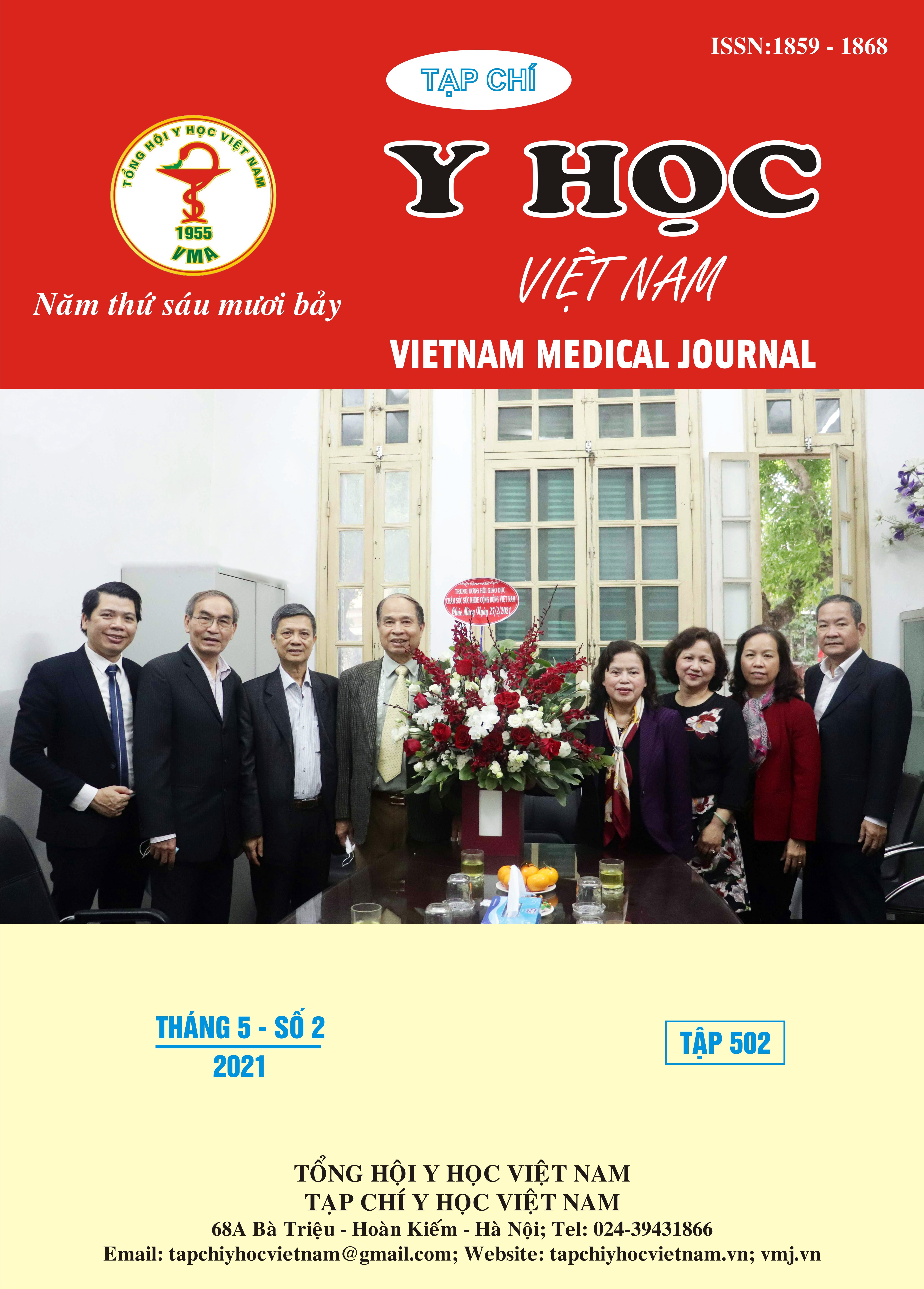DEPRESSION AND ITS ASSOCIATED FACTORS AMONG ADULTS IN NINH KIEU DISTRICT CAN THO CITY
Main Article Content
Abstract
Background: Depression results in an increase of the health-seeking behavior, decreased quality of life and high risk of suicidal tendencies. Objectives: The aim of this study was to estimate the prevalence of depression and its associated factors among community adults in urban Can Tho City, Vietnam. Materials and methods: A cross-sectional descriptive study with an analytic component was conducted among 449 people from 18 to 60 years old in Ninh Kieu district, Can Tho City during Sep 2016 until June 2017. Depression was measured using the Patient Health Questionnaire-9 scale. PHQ-9 total score for the nine items ranges from 0 to 27. Scores of 5, 10, 15, and 20 represent cutoff points for mild, moderate, moderately severe and severe depression, respectively. Results: Sixteen percent of participants meeting the cutoff point for depression, score of 5 or over. There were 76.4% with mild, 18.1% with moderate, 4.1% with moderately severe and 1.4% severe depression. Chronic diseases (OR=2.79; p=0.005), introvert/affective (OR=3.12; p=0.002), failure in work/study (OR=4.40; p<0.001), family history of mental illness (OR=8.93; p=0.029), family unhappiness (OR=5.61; p=0.002), and relatives died/severe illness (OR=2.75; p=0.004) were found statistically significant associated to depression. Conclusion: This study provides an alarming signal for health professionals and health policy maker in Can Tho City for the need of better recognition of depression and its associated factors in adult people.
Article Details
Keywords
depression, related factors, Ninh Kieu, Can Tho
References
2. Kim Bảo Giang và Nguyễn Nguyên Ngọc (2013), "Biểu hiện trầm cảm và một số yếu tố liên quan tại 6 xã(phường) thuộc Hà Nội-Thừa Thiên Huế-Cần Thơ năm 2012", Tạp chí y học thực hành, 879(9), tr. 41-44.
3. Trần Như Minh Hằng và cộng sự (2011), "Khảo sát tỷ lệ hiện mắc và đánh giá sự thay đổi nhận thức trong trầm cảm qua thang khảo sát bộ ba nhận thức ở người trưởng thành", Tạp chí y học thực hành, 792(11), tr. 34-38.
4. Bùi Quang Huy (2016), Trầm cảm, Nhà xuất bản y học, Hà Nội.
5. Nguyễn Thị Thanh Mai (2011), "Nghiên cứu theo dõi dọc sự thay đổi của trầm cảm ở cha mẹ trẻ bị ung thư trong quá trình điều trị", Tạp chí y học thực hành, 765(5), tr. 13-16.
6. Vương Văn Tịnh (2011), "Một số nhận xét về dịch tễ bệnh trầm cảm", Tạp chí y học thực hành, 732(9), tr. 17 -19.
7. Kurt Kroenke, Robert L. Spitzer và Janet B. W. Williams (2001), "The PHQ-9 Validity of a Brief Depression Severity Measure", J Gen Intern Med, 16, tr. pp. 606-613.
8. Laura Manea, Simon Gilbody và Dean McMillan (2015), "A dianostic meta-analysis of Patient Health Questionnaire 9 (PHQ-9)", General Hospital Psychiatry, 37, pp. 67-75.


